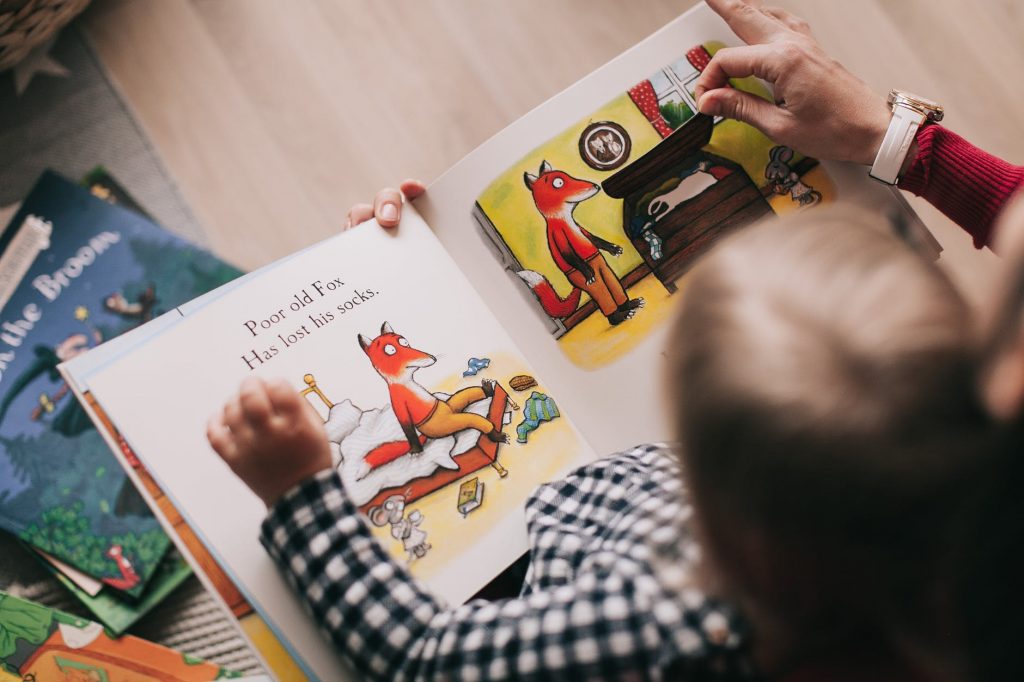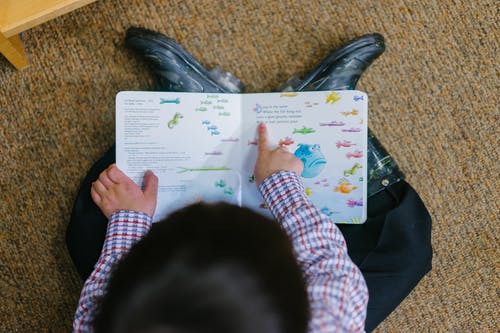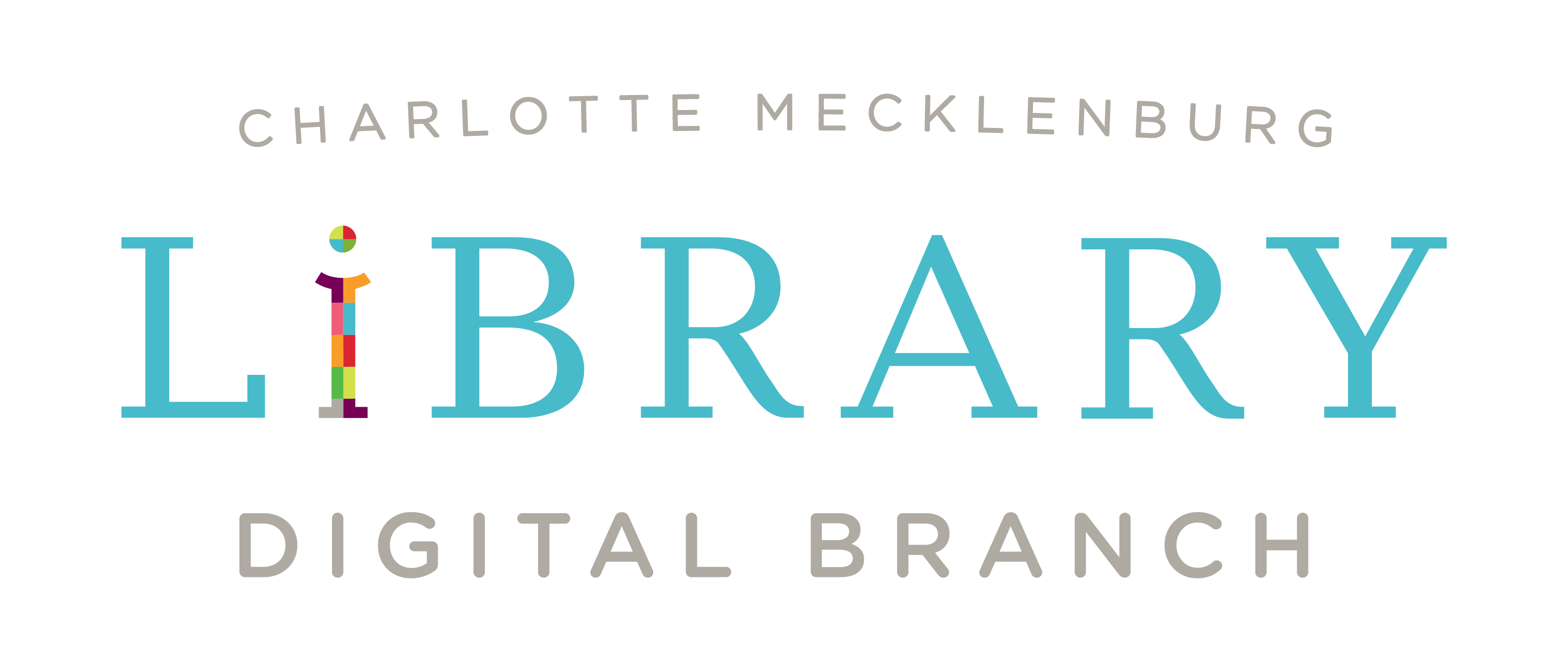
As a Speech-Language Pathologist, I am often asked- “What can I do as a parent to improve my child’s speech? language? vocabulary?”
My best advice is to make the most of your daily activities (i.e. cooking and eating, play time, story time, etc.) There are a lot of simple things you can do as a parent during these activities that help your child develop a larger vocabulary, enhance language, and improve speech.
When asked to write a blog post for the Charlotte Mecklenburg Library, I thought it would be a great idea to write about making the most of story time!
I do want to preface with this thought: You do not have to follow every tip! There is a lot of information following, which can be overwhelming. Follow the tips you feel are easy to remember and incorporate them into your daily story time. Also, remember that you want to maintain the flow and enjoyment of the book without too many pauses for questions and comments.
Now, it’s story time in your household and you and your child/children are about to sit down to read together. Before you do, help your child pick the books that you will be reading. Pick something that is interesting to your child. It is a great idea to read holiday-themed books after the holiday, because this helps your child relate the book to her/his real-life experiences (i.e. “Do you remember getting Valentines from your classmates last week?”).

Consider what is expected at your child’s age level and modify your statements and questions accordingly. Using these techniques is also really helpful when reading with children of different ages.
By incorporating a few of these suggestions into your daily story time routine, you can help your child expand her/his vocabulary and improve reading comprehension exponentially!
If you are interested in learning more about improving your child’s speech through daily activities, visit our website https://CharlotteSpeechHearing.com/speech-language-services/resources-for-families/. Our Resources for Families page includes information about speech-language milestones, tips for early literacy development, and more!

